Experiment with watercolour I (or how I ruined a perfectly nice drawing, but learned something new)

Since I found myself without my pastels this week (I left them in Thailand. I think I did it on purpose, so I can go shopping for a new set. Perhaps some Terry Ludwigs?), I thought I would do a little experiment with watercolours. My parents gave me this cute travel set of Van Gogh water colours for my birthday a few years ago, and I had only used them once before today.
Because I have no idea how to use water colours, I thought it would be useful to educate myself, and after scrolling the internet for a bit, I landed on this great Canadian Blogger Pat Howard’s page, The Painted Prism, which is dedicated to water colouring, with lots of handy project ideas (a special thanks to Pinterest for helping me find this link). I decided to go try this exercise, but with a single tulip as a subject in stead of a row of them.
Having read the instructions, much like a recipe, I decided this would be easy, and as I do with cooking, I kind of decided (because I needed to do something creative to remain sane!) that I could make do with the tools/ingredients I had at home. Now with cooking this usually works out fine for me. That I’ve been doing for about 20+ years. Water colour, not so much.
All started off fine with a nice drawing of my tulip. I used a photo from my Pinterest page as inspiration, but gave it my own composition and decided to use the colours suggested in the blog exercise. So far, so good. However, when it came time to put brush to paper so to speak, I discovered a few things that I should have probably done differently for a better result:
- Use water colour paper. I can’t stress this enough. I used a sheet from my Strathmore Drawing Medium 14″ x 17″ book, which specifically states it is really only suitable for any dry media, pen, ink and very light washes. The result was that my water colour, once applied, dried very quickly, which meant it was nearly impossible to mix with the adjacent colours as I applied them in sequence. The colours did not blend well on the paper, as it was not wet anymore when I applied the next colour. Also, the paper curled and became quite wavy once dry.
- Have different sized brushes handy. I worked only with the #6 Talens brush that came with the water colour set, which worked ok for certain areas, but for small lines and ridges, I found it too bulky. Then when it came time to apply the black surrounding, it took forever to apply all the water colour. And because of the small size of the brush, it was not easy to mask all the brush strokes. This was once again not helped by using the wrong paper, as the water colour dried so very fast once applied.
However, as with most any painting or drawing, there are always aspects about it that you do like, regardless whether you are happy with the end result or not. Some things I am happy with in this painting are:
- By layering the water colour, I did manage to create some depth in the petals of the tulip.
- The composition I am happy with, and I would recreate a similar composition again.
- By following the suggestions of the blog project on how to create a black, I am pleased with the black tone I created for the background.
All in all, it took me about 3 and a half hours to finish this experiment, from drawing to completed water colour. It was a fun project and I enjoyed playing around with the water colour medium.
To conclude; sometimes you can deviate from the recipe, but it depends on which ingredients you substitute. I will keep experimenting with water colours, and may post another project here soon. I’ve included a little sequence of images below to show you the process and the end result, or see the final water colour painting as a larger image here. What do you think? Comments and suggestions are always welcome!
<a href=”http://www.bloglovin.com/blog/12146011/?claim=v6svyumdq93″>Follow my blog with Bloglovin</a>
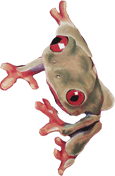
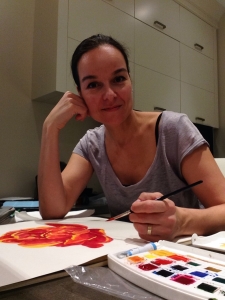
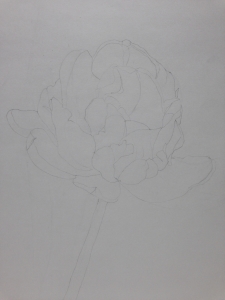

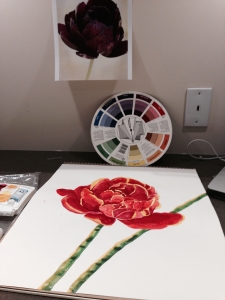
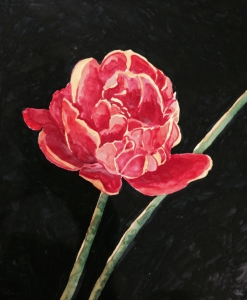
This Post Has 0 Comments